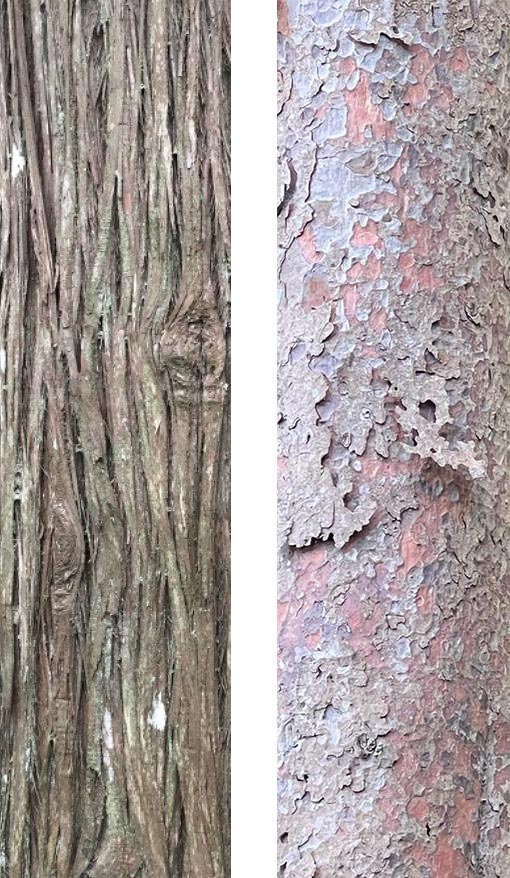For the last few weeks I have been scrubbing mātai floorboards that will go into our new house. The boards are marked with paint splatters and black dots that I imagine come from the stiletto shoes of country women dressed up in swirling skirts alongside men with brightly coloured cummerbunds. Some boards retain their rich red brown lustre and others are dull and unglazed. Were these the ones that lay beneath the lemon speckled formica counters of a kitchen where women’s institute folk made chocolate eclairs, sausage rolls and soft centred lamingtons; pink and brown and rolled in coconut. The boards were once the heart of the Mangamaire community hall which is about a hundred miles north of here. Like many community halls across the country, it lost many of its inhabitants and the dances stopped. In a cost cutting measure it was closed along with the community school, and received the demolition hammer. For twelve years the boards lay in the cow shed of a local farmer who bought the hall, in a bid to make some extra income selling on all the materials. These days we might call it the circular economy. By the time we received them they were caked in layers of mud, bird poo, cobwebs and dust. A quick scrape and a wipe and the beauty of the wood shines through. It’s repetitive work and it’s good work; I reckon I must be half way through. Apparently the atmosphere just an hour north is damp and so the boards need to dry and acclimatise inside the house before they are laid. I am glad for the chance to play a role in creating a spine that will run through the house. As I scrub, scrape and wipe I think about mātai. The trees, native to our area, are what I call regal; straight trunked and strong with a luxuriant green crown. They grew with the pulsing rhythms of the earth. We planted one down by the river at the edge of the tī kōuka grove, with our Mauri oho volunteers this month. In a little patch of remnant bush on our neighbour’s land I have discovered two more that could well be over a hundred years old.
The mātai in the remnant bush are surrounded by tōtara, from a distance the two trees might be confused except the bark is quite different; one like shredded paper and the other paper lace. According to Māori the trunk of totara symbolises life and growth, the roots connect us to the land and the heartwood represents pilgrimage. It seems fitting that our journey into the native timbers that connect us to our rohe, began with tōtara. Rod has been filling the nail holes of some totara boards that were once the shiplap on a woolshed that would have been connected to our farm. In the late 1800’s there was a mill beside this part of the Ruamāhanga river, so I like to think the totara may have grown here and like me has now returned home.

Totara and matai bark
Andi Steineman, our builder, is talented at finding ways for us to be involved in the hands-on build. There is talk of working alongside his team to lay the boards down, tongue inside perfectly planed and wiped clean groove. As I stack the clean boards inside the house I begin to feel like a custodian of a chapter in a very long story. A picture of my colleague Silvia Pedretti comes to mind. She is in London, in a Global Generation lunch and learning session, sitting with a group of children, encouraging them to think about the deep time story of wood. I imagine a day or perhaps an evening, when these matai floorboards might once again feel the rhythmic pounding of feet as we find our own way to shake the dust from our eyes, moving to the light of the moon and the many stars that light up our valley.



